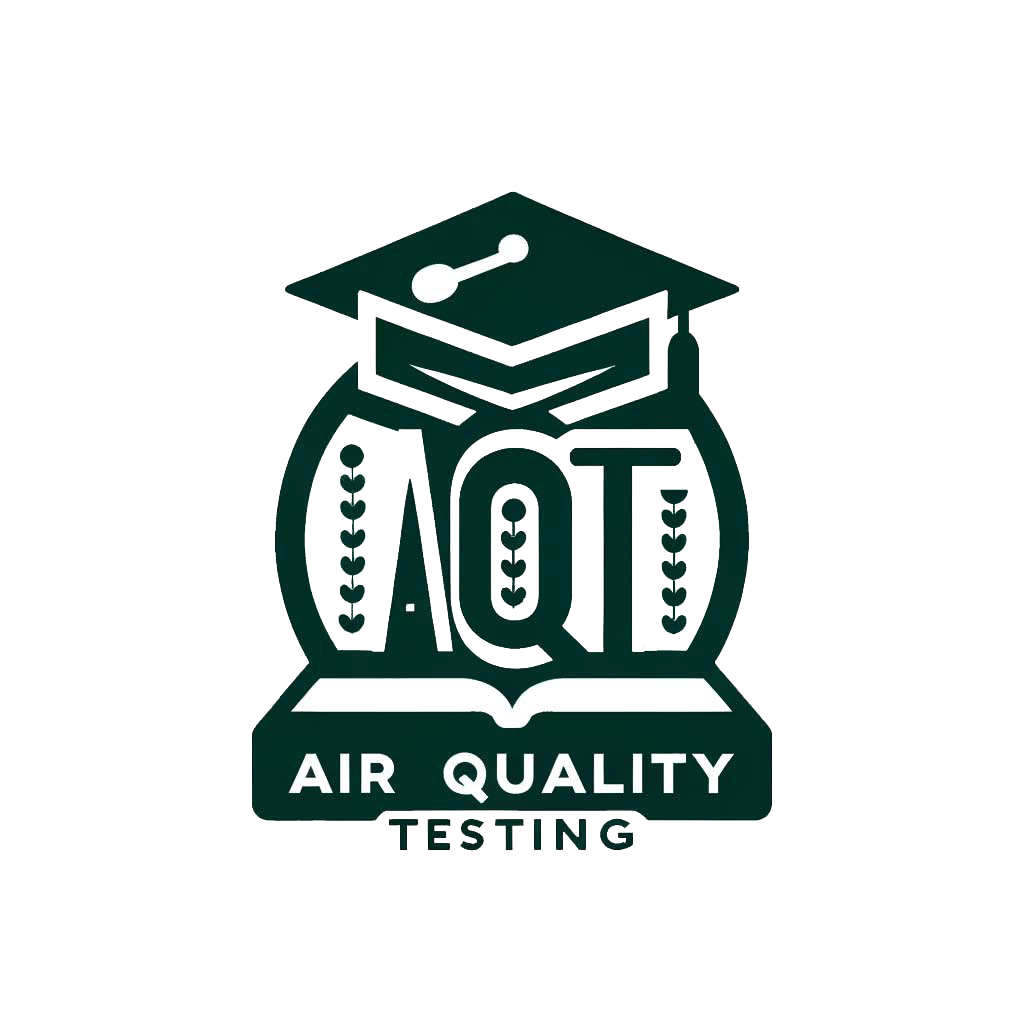
Understanding the Culprits
Everyday Activities Contributing to Indoor Air Pollution
When considering indoor air quality, it’s essential to recognize how daily activities, often considered harmless, can significantly contribute to indoor air pollution. Activities such as cooking, cleaning, and using personal care products are integral parts of our routines yet can introduce various pollutants into our indoor environments. Understanding these sources is the first step towards mitigating their impact and enhancing the air quality in our homes.
Cooking
- Sources of Pollution: Cooking, especially on gas stoves, can release combustion by-products such as nitrogen dioxide (NO2), carbon monoxide (CO), and particulate matter into the air. Frying and high-temperature cooking can also generate significant amounts of airborne particles and VOCs.
- Mitigation Strategies: To reduce pollution from cooking, use exhaust fans vented to the outdoors, open windows to improve ventilation, and consider using electric or induction cooktops which produce fewer pollutants compared to gas stoves.
Cleaning
- Sources of Pollution: Many cleaning products contain volatile organic compounds (VOCs), ammonia, and bleach, which can evaporate into the air during and after cleaning, contributing to indoor air pollution. Aerosol spray cleaners, in particular, can disperse these chemicals widely through indoor spaces.
- Mitigation Strategies: Opt for “green” or environmentally friendly cleaning products that emit fewer harmful chemicals. Additionally, ensure good ventilation when using cleaning products and consider natural cleaning solutions like vinegar and baking soda for some tasks.
Personal Care Products
- Sources of Pollution: Personal care products, including hairsprays, perfumes, deodorants, and nail polish, often contain VOCs and other chemicals that can contribute to indoor air pollution when used or stored indoors.
- Mitigation Strategies: Use personal care products sparingly and in well-ventilated areas. Look for products with fewer synthetic chemicals and more natural ingredients, and consider solid or pump products over aerosols to minimize airborne pollutants.
Impact and Importance
The impact of these everyday activities on indoor air quality underscores the importance of being mindful about our choices and habits within our homes. While these actions are part of daily life, small adjustments and increased awareness can lead to significant improvements in the quality of our indoor air, protecting our health and the well-being of our families.
By addressing the pollutants associated with everyday activities, individuals can take proactive steps to maintain and improve indoor air quality. This includes making informed choices about the products we use, how we use them, and taking simple measures to minimize the release and accumulation of harmful pollutants in our indoor environments.
Building Woes Affecting Indoor Air Quality
The impact of building materials, ventilation systems, and furniture on indoor air quality is substantial, often going unnoticed until adverse health effects are observed. These components of our buildings play a critical role in the overall indoor environmental quality, influencing the air we breathe daily. Recognizing and addressing these issues can significantly improve indoor air quality and ensure a healthier living environment.
Building Materials
- Sources of Pollution: Many building materials release volatile organic compounds (VOCs) and other harmful substances into the indoor environment. For example, formaldehyde, a known carcinogen, can be emitted from pressed wood products, insulation, and other composite wood materials. Paints, adhesives, and sealants also contribute to the indoor VOC levels.
- Mitigation Strategies: Opting for low-VOC or VOC-free building materials and finishes can drastically reduce indoor air pollution. Ensuring proper ventilation during and after construction or renovation activities can help dissipate pollutants more quickly.
Ventilation Systems
- Impact on Air Quality: Ventilation systems are designed to bring fresh air into a building and remove stale air, helping control humidity and dilute indoor pollutants. However, poorly designed, installed, or maintained ventilation systems can contribute to poor indoor air quality by not effectively removing pollutants or by distributing contaminated air throughout a building.
- Mitigation Strategies: Regular maintenance of HVAC systems, including cleaning ducts and replacing filters according to manufacturer recommendations, is essential. Ensuring that ventilation systems are designed to meet the specific needs of a space and its occupants can also significantly improve indoor air quality.
Furniture
- Sources of Pollution: Furniture made from certain materials can off-gas VOCs and other pollutants into the indoor environment. This is particularly true for products containing pressed wood, certain foams, and synthetic fabrics treated with flame retardants, stain repellants, or other chemicals.
- Mitigation Strategies: Selecting furniture made from natural materials, such as solid wood, cotton, or wool, and those with certifications indicating lower chemical emissions can help reduce exposure to harmful pollutants. Allowing new furniture to off-gas in a well-ventilated area before bringing it indoors can also minimize indoor air quality impacts.
Importance of Addressing Building Woes
Understanding and addressing the potential impact of building materials, ventilation systems, and furniture on indoor air quality is crucial for safeguarding health. These components can significantly influence the levels of pollutants indoors, affecting the comfort, well-being, and health of occupants. By making informed choices and implementing effective mitigation strategies, it’s possible to create healthier indoor environments that promote well-being and reduce the risk of air quality-related health issues.
Addressing the challenges posed by building woes requires a proactive approach, focusing on the selection of healthier materials, proper installation and maintenance of ventilation systems, and conscious choices regarding furniture and interior finishes. This holistic approach can significantly improve indoor air quality, creating safer and more comfortable indoor spaces.
Hidden Dangers Affecting Indoor Air Quality
While some sources of indoor air pollution are easily identifiable, others lurk unseen, posing significant health risks without obvious presence. Mold, pests, and radon represent some of these hidden dangers, each contributing to poor indoor air quality in distinct ways. Understanding these threats is crucial for maintaining a healthy indoor environment and mitigating potential health risks.
Mold
- Sources and Conditions: Mold thrives in moist, humid conditions and can grow on a variety of materials, including wood, paper, carpet, and foods. Common sources of indoor moisture that may lead to mold growth include leaking pipes, flooding, and condensation.
- Health Risks: Exposure to mold can cause a range of health issues, particularly for individuals with allergies, asthma, or compromised immune systems. Symptoms can include nasal stuffiness, throat irritation, coughing or wheezing, eye irritation, or, in some cases, skin irritation. Prolonged exposure can exacerbate asthma and lead to more severe respiratory conditions.
Pests
- Sources and Contributions: Common indoor pests, such as cockroaches, dust mites, and rodents, contribute to indoor air pollution through their droppings, body parts, and saliva, all of which can become airborne and inhaled by occupants.
- Health Risks: Allergens produced by these pests can trigger allergic reactions and asthma attacks in sensitive individuals. The severity of symptoms can range from mild irritation to significant respiratory distress, depending on the level of infestation and individual sensitivities.
Radon
- Sources and Exposure: Radon is a colorless, odorless radioactive gas that originates from the natural breakdown of uranium in soil, rock, and water. It can enter buildings through cracks in floors, walls, and foundations, accumulating to high concentrations indoors.
- Health Risks: Radon exposure is the leading cause of lung cancer among non-smokers and the second leading cause overall. Because radon has no smell or color, testing is the only way to determine indoor levels and assess the risk to occupants.
Mitigation Strategies
- Mold Management: Control indoor humidity levels through proper ventilation, use of dehumidifiers, and fixing leaks promptly. Clean and dry any damp or wet materials within 24 to 48 hours to prevent mold growth.
- Pest Control: Regular cleaning and maintenance can reduce food sources and entry points for pests. Using allergen-proof mattress and pillow covers can help control dust mites. Professional pest control may be necessary for severe infestations.
- Radon Reduction: Testing for radon is critical, especially in areas known for high radon levels. If tests show elevated levels, radon mitigation systems can be installed by qualified professionals to reduce indoor concentrations.
Addressing these hidden dangers requires awareness and proactive measures to identify and mitigate their presence in indoor environments. Through regular maintenance, proper humidity control, and professional assessments when necessary, it’s possible to significantly reduce the health risks associated with mold, pests, and radon, ensuring a healthier indoor air quality for all occupants.
frequently asked questions
How does the number of occupants in a home or building impact indoor air quality and duct cleaning frequency?
The number of occupants significantly affects indoor air quality, with more people leading to faster dust and allergen accumulation. Duct cleaning frequency should be adjusted accordingly.
How does family living, especially with children and pets, affect the need for more frequent duct cleaning?
Families with more occupants, children, and pets might need to consider duct cleaning every 2-3 years to maintain healthy indoor air quality.
In multi-family buildings like condominiums, what factors influence the frequency of duct cleaning?
Centralized HVAC systems in multi-family buildings can accumulate pollutants faster. Building management should consider annual inspections and more frequent cleaning to ensure optimal air quality.
What frequency of duct cleaning is advisable for homes with shared housing arrangements, such as renters or extended family?
Homes with shared living situations might benefit from annual or bi-annual duct cleaning to manage increased activity and maintain a healthier environment.
Why do office buildings with a higher number of employees often require more frequent duct cleaning?
Increased occupancy in office buildings leads to greater air quality challenges due to activity and equipment use. They generally require more frequent cleanings.
What is the recommended duct cleaning frequency for high-traffic commercial spaces like retail stores or restaurants?
High-traffic commercial spaces often need quarterly or bi-annual duct cleaning to ensure a healthy environment and comply with health standards.
Why might schools and educational institutions consider yearly or seasonal duct cleaning?
Schools, with their high occupancy of children susceptible to respiratory issues, may benefit from yearly or seasonal duct cleaning to maintain a healthy learning environment.
How does the seasonal nature of rentals impact duct cleaning frequency?
Properties rented out seasonally may require duct cleaning after a high-traffic rental season to ensure good air quality for the next group of renters.
Why is it crucial to consult with professional duct cleaning services when determining cleaning frequency based on occupancy levels?
Professional services can assess specific conditions and provide expert guidance on the most appropriate cleaning schedule tailored to your situation.





